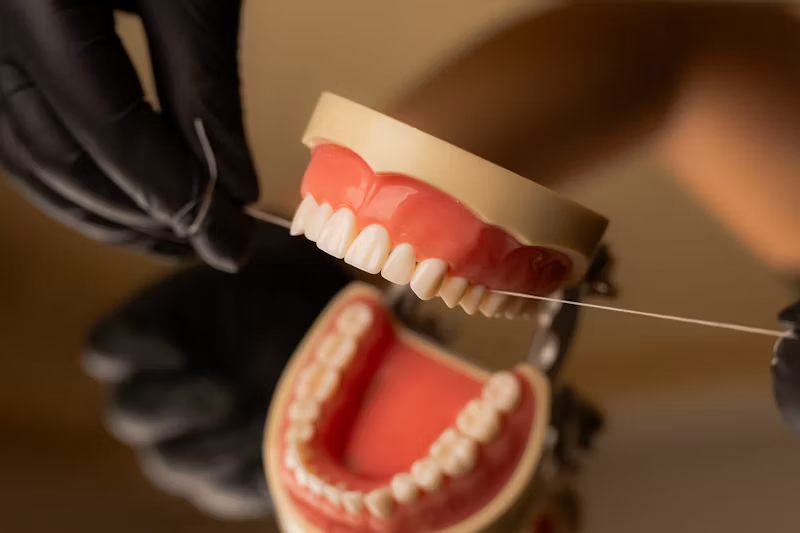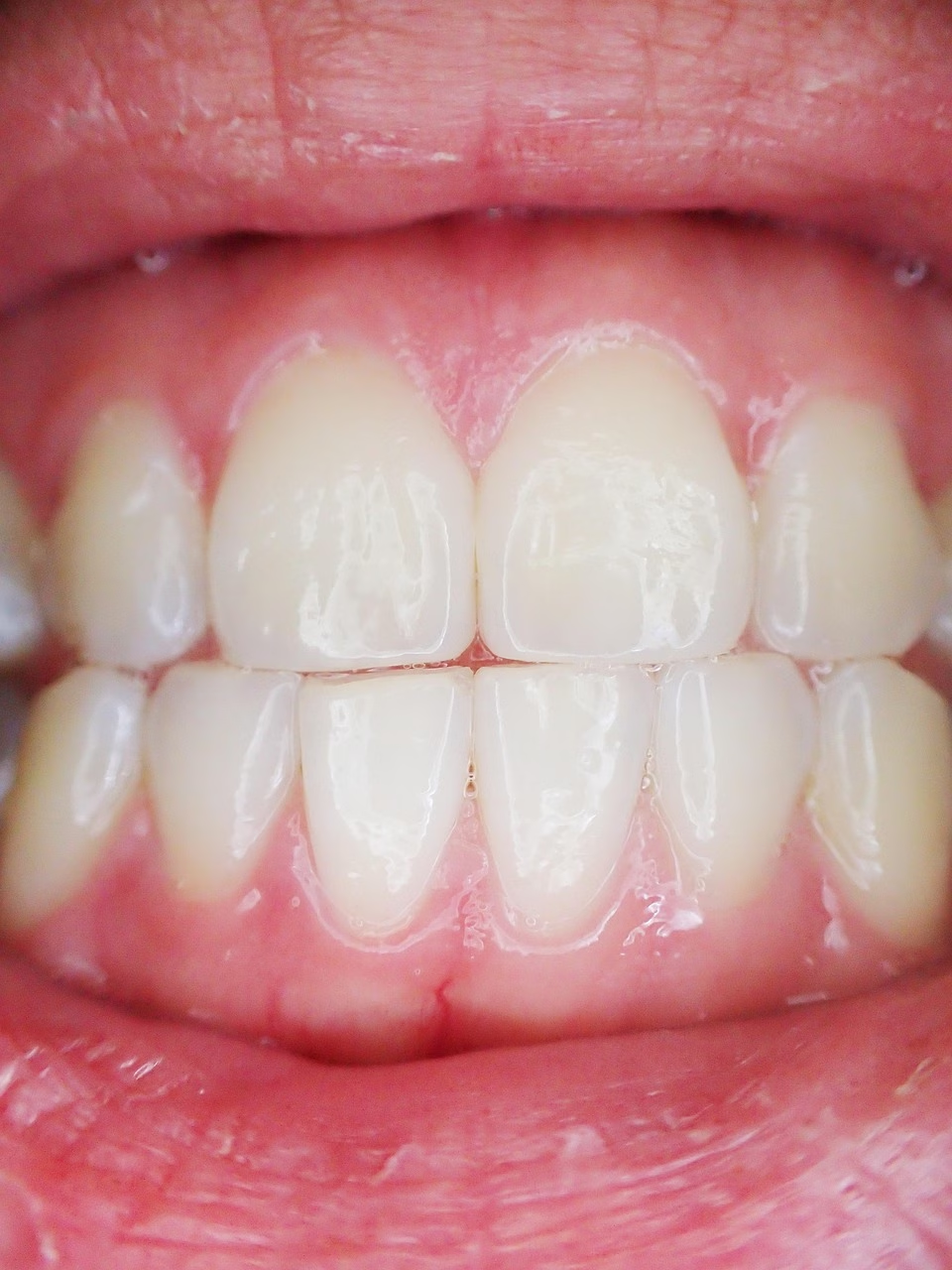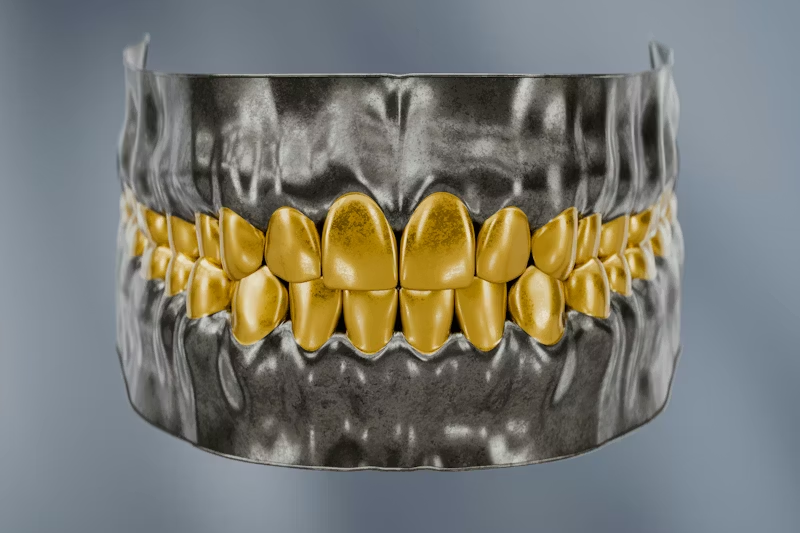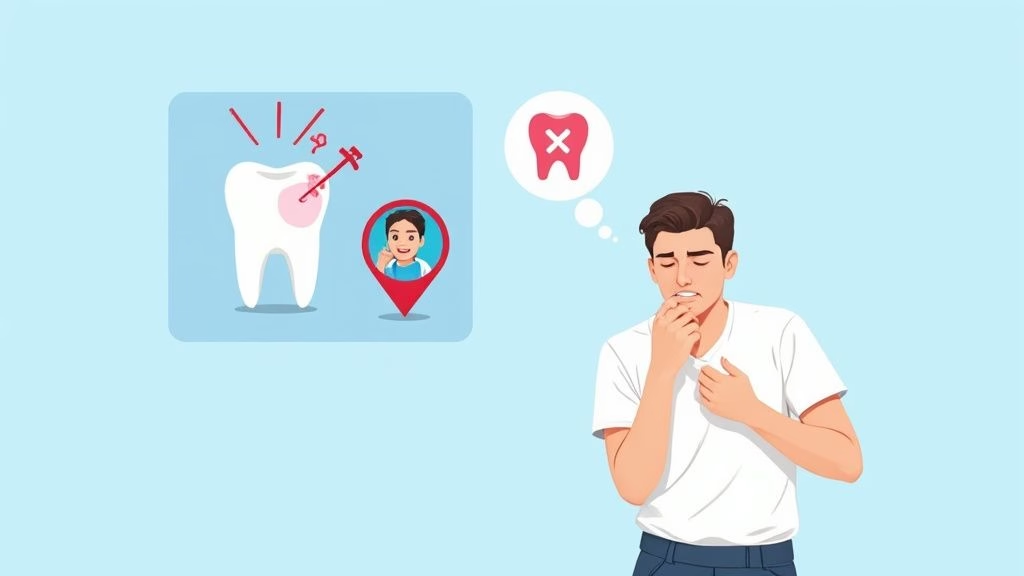When Should I Get My Wisdom Teeth Removed?

Understanding the signs, the timing, and what to expect
Wisdom teeth—those infamous late bloomers of the dental world. They usually make their grand entrance in your late teens to early twenties, and for some people, they quietly settle in without causing any drama. But for many, these third molars can cause discomfort, overcrowding, or even lead to infections. So the big question is: When is the right time to have them removed?
Let’s break it down with the facts (and a few friendly tips)!
🧠 First of All, What Are Wisdom Teeth? 🧠
Wisdom teeth are the last set of molars to come through, and they usually appear between the ages of 17 and 25. Back in the day, they were helpful for chewing coarse foods—but now, thanks to softer diets and smaller jaws, we don’t always have room for them.
This is why they’re often impacted (trapped under the gum or stuck against another tooth) or come in at odd angles, leading to issues.
⚠️ Signs You Might Need Them Removed ⚠️
Not everyone needs to say goodbye to their wisdom teeth—but if you’re experiencing any of the following, it might be time to chat with a dentist:
- Pain or discomfort at the back of the mouth
- Swollen or bleeding gums near your molars
- Recurring infections or gum inflammation
- Crowding of nearby teeth or shifting alignment (especially if you’ve had braces!)
- Bad breath or an odd taste, caused by trapped food or infection
- Cysts or damage to nearby teeth (this can show up on an X-ray)
If you’re feeling any of these symptoms—or even if your wisdom teeth haven’t started showing yet—a dental check-up or X-ray can help give you clarity.
⏰ When’s the Best Time to Remove Wisdom Teeth? ⏰
There’s no one-size-fits-all answer, but in general:
Earlier is often better – Having wisdom teeth removed in your late teens or early 20s tends to mean easier recovery and fewer complications. This is because the roots are still developing and the bone is softer.
If they’re causing problems, don’t wait. Ignoring pain or discomfort can lead to bigger issues like infections or damage to nearby teeth.
If they’re not causing problems, your dentist may recommend monitoring them with regular check-ups and X-rays.
Proactive removal is sometimes suggested even if the teeth haven’t caused issues—especially if they look likely to in the future.
🏥 What’s the Removal Process Like?
Good news: it’s a routine and common procedure. Depending on the position of the teeth, you may have them removed by a general dentist or be referred to an oral surgeon.
Most extractions take less than an hour, and you’ll be given local or sedation anaesthesia to keep things pain-free. You may experience some swelling, bruising, or soreness afterward, but recovery is typically just a few days with proper care.
📲 Not Sure What to Do? The Toothfairy App Can Help 📲
Worried about your wisdom teeth? The Toothfairy app makes it easier than ever to get a professional opinion—without even leaving the house. You can:
- Chat directly with UK-qualified dentists
- Book a video consultation
- Upload images or X-rays for expert advice
- Get referred for treatment if needed
👉 Learn more or book a check-up here: https://toothfairyapp.co.uk
Conclusion📝
You don’t need to panic at the first sign of a wisdom tooth, but you also shouldn’t ignore the signals your mouth is sending you. Whether they need to come out now or simply need monitoring, getting expert guidance is the best way to protect your smile (and avoid future pain).
Your wisdom teeth might not be so wise—but you can be.
Last updated on May 30, 2025

Toothfairy Care Team
Toothfairy, is the world's smartest dental app, that connects patients to a dentist for a range of issues, from emergencies, cosmetics, prescriptions to virtual exams.
Toothfairy Care Team
Toothfairy, is the world's smartest dental app, that connects patients to a dentist for a range of issues, from emergencies, cosmetics, prescriptions to virtual exams.





